Naima Said stands back and studies her handiwork. “Not quite,” the self-taught beauty therapist mumbles, her forehead furrowed in frustration. Then she delicately dabs her client’s eyelid with a squishy makeup sponge. She’s not finished yet.
Several years ago Said, 31, used YouTube videos to train herself in everything from dying hair to pedicures. Now she runs the Beauty Corner – a small but perfectly formed parlour in Mombasa on the Kenyan coast. Every weekday at 8am, she lays out her equipment and waits for women to walk through the door. Like Said, those who seek out her services are addicted to heroin, or in recovery.
Housed in the Reachout Centre Trust, a Kenyan organisation that helps Mombasa residents to fight drug addiction, the parlour opened last year with the aim of attracting more female users to its services, which include HIV testing, counselling, methadone treatment and cervical cancer screening.
Said was a heroin user for 10 years. After her father ran out of money to pay for private school, she was at a loose end, she says. Aged 17, she started smoking marijuana with her friends. By 21, she was a “full-blown” heroin addict.
“I was half-dead, half-alive,” she says. “I started selling sex to pay for my next hit. On the streets, you need to look beautiful but I looked dirty. I was a junkie. People would see me and get scared.”
Until recently, hard drugs – especially heroin – were rare in Africa. Since 2010, however, heroin use has increased faster across the continent than anywhere else in the world, according to the 2017 report of the UN Office on Drugs and Crime (UNODC).
There are two reasons. First, despite the billions of pounds spent by the US and its allies to curb the production of opium poppies in Afghanistan, the amount grown has seen an “almost continuous rise”, says Simone Haysom of the Global Initiative Against Transnational Organised Crime (GIATO).
In 2017, opium cultivation reached a record high (jumping 87% in one year). It has since fallen by 20% but Afghanistan still produces 82% of the world’s heroin.
Second, Africa has become an attractive drug transit route. Historically, most of the heroin trafficked to the west from Afghanistan came overland via the “Balkan route”. But after conflict and increased security made this path trickier to navigate, according to a report by the GIATO, smugglers took to the seas.
Since 2010 the “southern route” – also known as the “smack track” – has grown in popularity; heroin is trafficked from Afghanistan via the Indian Ocean into east and South Africa. From there it makes its way to Europe, Asia and North America. As more heroin has washed into east Africa, more people have become hooked.
“Instead of the drug just moving through the region, the region itself is now a destination,” says Haysom.
In 2017, the UNODC said heroin addiction appeared to be on the rise in Kenya, particularly along the coast. As east Africa’s largest port, Mombasa has borne the brunt of this increase, but usage has spread to other areas, including Nairobi and Kiambu county. Data is patchy, but it is estimated that between 18,000 and 55,000 Kenyans use heroin.
While help is available at more than 50 registered treatment and rehabilitation centres across the country, rehabilitation is rarely free. Women are falling through the cracks.
“Female drug users have very specific needs,” says Faiza Hamid, Reachout’s programme manager, “and their needs aren’t being met.”
A key problem is stigma: many participate in sex work to fund their drug habit (a single heroin dose costs between 150-200 Kenyan shillings, roughly £1.50) and this prevents them from accessing treatment. Concerns about childcare, hard-to-reach treatment centres and relationship issues – the women often live with a partner with their own substance problem – also stop many coming forward for help.
If women do seek out treatment, they are likely to drop out faster, and experience higher risks of HIV infection. Women constitute the minority of users, but experts say that the numbers on female drug use are underreported and likely to be much higher.
At the same time, there is a clear lack of services tailored to women’s needs and the majority of rehabilitation centres are aimed at men. While research on female drug addicts in Kenya is limited, studies have indicated that women enrolled in gender-specific treatment programmes have better outcomes and improvement than those who are not, according to the UNODC.
That is where the Beauty Corner comes in. “I talk to these girls,” says Said, Reachout’s first female methadone patient, who was chosen by the clinic’s director to manage the parlour after attending counselling sessions. She has been clean for five years.
“I say to them: ‘What you see on the outside is drug addiction, and self-loathing. You are beautiful. You’re a mother, a daughter, a sister.’ As I paint their nails, I say, ‘why don’t you start methadone? Why don’t you check your [HIV] status?’ When it works, it’s like magic.”
For years few female users showed up for Reachout’s services – they simply didn’t see the point of coming. “The women told me they felt everything at the drop-in centre was designed for male addicts,” says Hamid. “They already knew their HIV status, what more did they need?”
So she came up with the idea of the Beauty Corner. The aim was to get women through the door and to make them feel special – even for a short while – before bringing up other, more difficult issues.
It seems to be working. In under a year, 453 women have come to the parlour, and there has been a “big uptake” of women using the clinical services, says Hamid. Cervical cancer screenings, for example, have risen by 34%. Said now sees on average 15 women every day.
As the parlour fills up, a sticky midday heat settles in. Three women sit side-by-side, chatting quietly. One of them is 34-year-old Elizabeth Yieko, her hair a tangle of brightly coloured rollers. A former addict, she was introduced to the Beauty Corner by a friend.
“I could not believe it,” she says, after seeing her friend. “She was so clean, had makeup on, nicely done hair with red lipstick. I saw how women who have sold their lives to drugs can still have a life. I felt transformed.”
Yieko had already stopped smoking heroin. Today she visits hotspots frequented by female users to spread the word about the Beauty Corner. So far she has brought 10 women to the parlour.
Said would like to do more. “I’m happy I’m helping people,” she says, “but it’s not good enough for me. I think about the future. What about life after the methadone? Where are we going to go? For people born and raised in the drug dens, their home is the drug den.
“We need to find a place for women.”
• Louise Donovan is a Nairobi-based correspondent with the Fuller Project, a journalism nonprofit that partners with leading media to report on global issues impacting women. Angela Oketch is a health journalist with Kenya’s Daily Nation
This story was produced in partnership with the Guardian, the Fuller Project and the Daily Nation.













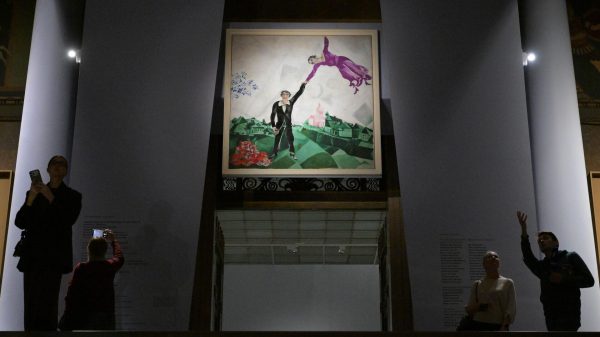




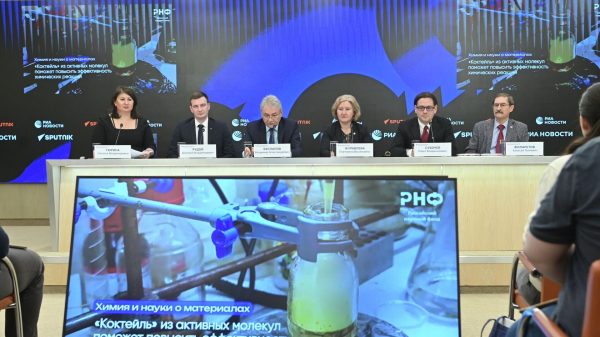
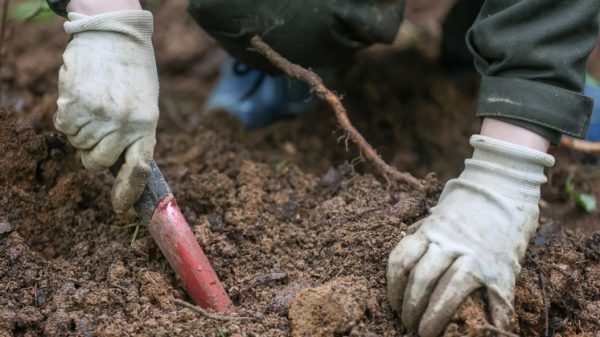
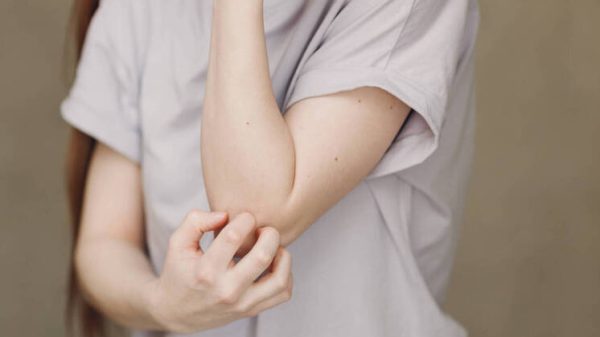

















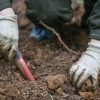










Свежие комментарии